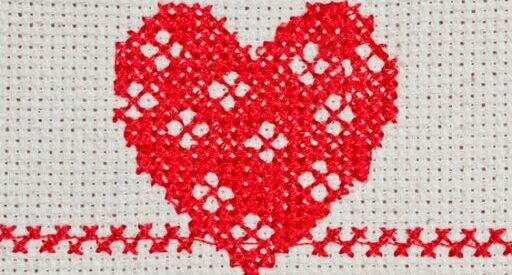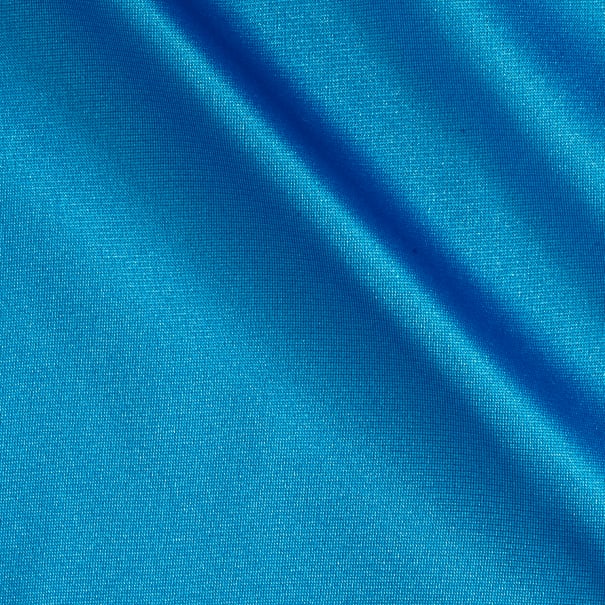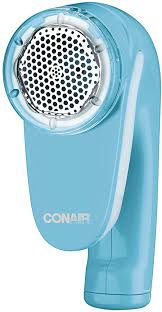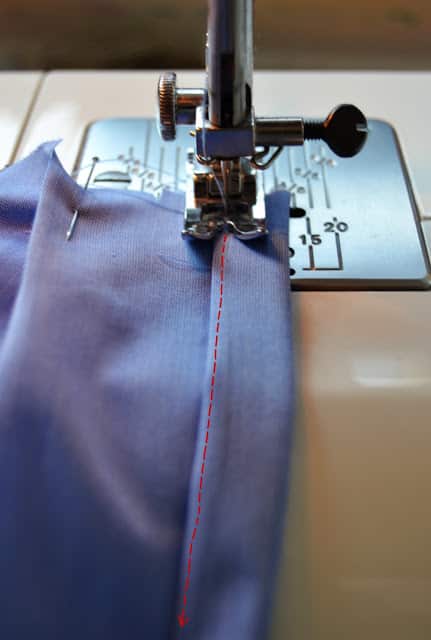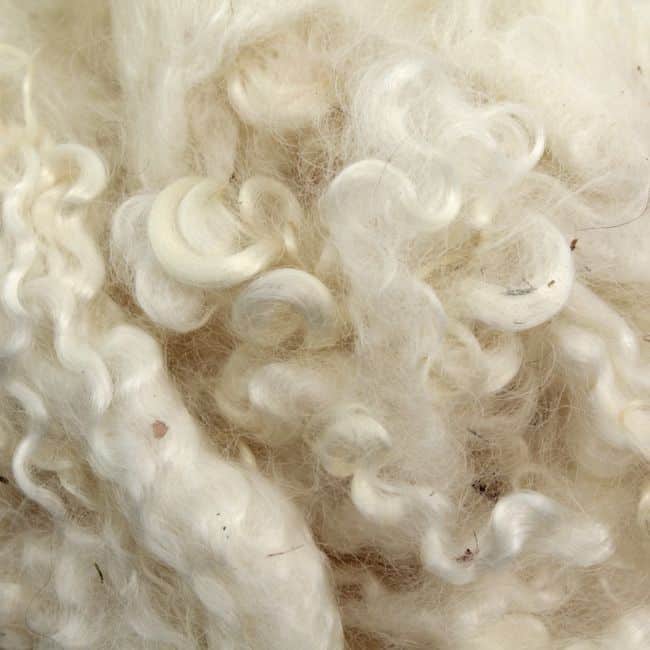Sequin Fabric: History, Properties, Uses, Care, Where to Buy
Table of Contents
Introduction to Sequin Fabric
Sequin fabric is a material that has plastic or metal structured bits sewn into the weave. Sequence fabric is another common name for it. However, only the term “sequin” is correct. The material comes in a variety of styles and colours.
No matter what you choose to incorporate your sequins into—a pair of cigarette pants, a smart jacket, or a boxy top—they give off an innovative and fashionable vibe. These dazzling bits draw attention to certain portions of the pattern and make the fabric look beautiful.
What is the History of Sequin Fabric?
Coins have been fastened to clothes for generations to keep the wealth of the possessor close and secure. Nomadic societies and funeral clothes were especially fond of it in ancient times.
There is a lot of debate over the origins of “sequin.” However, it can be traced back to the Arabic term Sikka (coin). The word “sequin” was first used in France in the late 1600s.
Tutankhamen’s tomb was unearthed by archaeologists in 1922, exposing beautiful clothing adorned with gold discs. As word of the discovery of King Tut’s tomb spread, Western fashion rapidly echoed the tomb’s magnificent treasures.
Many of the gowns worn by flappers had dozens or even hundreds of sequins made of metal. According to manufacturers, gelatin dyed with lead paint was used to generate lightweight sequins by the 1930s.
Despite their beautiful appearance, the spangles were unsuitable for usage since they melted and disintegrated at low temperatures. An Eastman Kodak chemist, Herbert Lieberman, invented acetate sequins in almost the same decade. He later moved on to specialise in the design and construction of extravagant dance and band costumes.
Sequins first gained widespread popularity in the late 1960s, when they were worn by popular bands such as The Supremes. Sequins maintained their prominence in the fashion industry throughout the 1970s and into the early 1980s.
Properties of Sequin Fabric
- It is a medium breathable fabric.
- It has a rough texture.
- It can be scratchy and irritating to the skin at times.
- It isn’t stretchable and has an opaque back
How is Sequin Fabric Made?
The sequins are mostly made of plastic and metal. They can be sewed, stitched, or hand woven on fabrics. Strings of sequins can be attached to the fabric in a variety of ways, but the most common is to sew them to the cloth in a straight line so that they don’t dangle and are less prone to falling off.
Colours and forms vary widely, and some have numerous facets for light reflecting the light. If sequins are to hang, they can either be stitched in one spot or flat to the fabric.
Where is Sequin Fabric Made?
Most sequin fabric is produced in Asian nations, including China, which is responsible for producing the fabric. Most raw commodities are shipped to China to be manufactured into finished products because of China’s dominant position as the world’s leader in the textile market.
Common uses of Sequin Fabric
Sequin fabric is used for various garments along with different products.
Daily wear
Using this fabric, you may give your skirts and dresses a fresh appearance. The fabric is also used in traditional Indian dressings.
Home Décor
The fabric is a fantastic choice for various coverings, including window coverings, bed covers, pillowcases, wall art, etc.
Sewing with Sequin Fabric
Sequin fabric is a multipurpose fabric that requires special attention when sewn. The smooth cloth is simple to cut with a pair of fabric scissors and is normally sewed onto fine or sheer textiles such as mesh to give them some solidity.
If one wants to get ideal results with their sewing, they should be sure to employ the appropriate sewing essentials, sewing notions, and supplies.
When sewing patterns and designs on the fabric by hand, ensure your stitches are small. The sewing threads used can be all-purpose polyester or cotton, depending on the composition of the fabric. You should use the best sewing machines available, like the Brother SE600 for the best results.
Sequin fabric can be sewn in various ways, so long as you keep these minor tips and tricks in mind.
Dyeing with Sequin Fabric
It is possible to colour sequin materials, as unlikely as it may sound. The technique can assist both designers and customers with unique likes and preferences.
The fabric can be dyed depending on the composition of the fabric. If made using cotton or other synthetic fibres, the Rit All-Purpose Liquid Dye can be used as the best fabric dye available.
How to care for Sequin Fabric?
Fabrics made of sequin aren’t as difficult to maintain as you might think; they can be cleaned and ironed without too much trouble.
Washing and drying
- Use cold water to wash the fabric.
- Handwashing is always the safest and most effective cleaning method.
- If machine-washing the fabric, set the machine to a gentle cycle
- You should avoid using fabric softeners.
- Avoid the use of bleach too.
- The fabric can be dried by air-drying it on a flat surface or by hanging it to dry.
- Do not put your sequin fabrics in a dryer since the glue or the sequins could melt.
Ironing
- Using a shark steam iron, press the fabric on the wrong side.
- Use a low heat setting and a press cloth
- Make use of pins to keep the fabric in place.
Where to buy Sequin Fabric?
Sequin fabric can be acquired from fabric and garment retailers. Clients can also acquire sequin fabric from online retailers and websites like https://amzn.to/4b6kxLB and Amazon, which have the best sequin fabrics available, like the unique Rainbow Paillette Sequins Multi or the stunning Glitz Sequin Mesh.
It can be sold in several ways depending on the seller;
- By yard
- By Inches
- Can be cut to order
Conclusion
Sequin fabric has been around since the early nineteenth century and has played an important part in how the fabric is used for garments and clothing in modern times.
Sources
